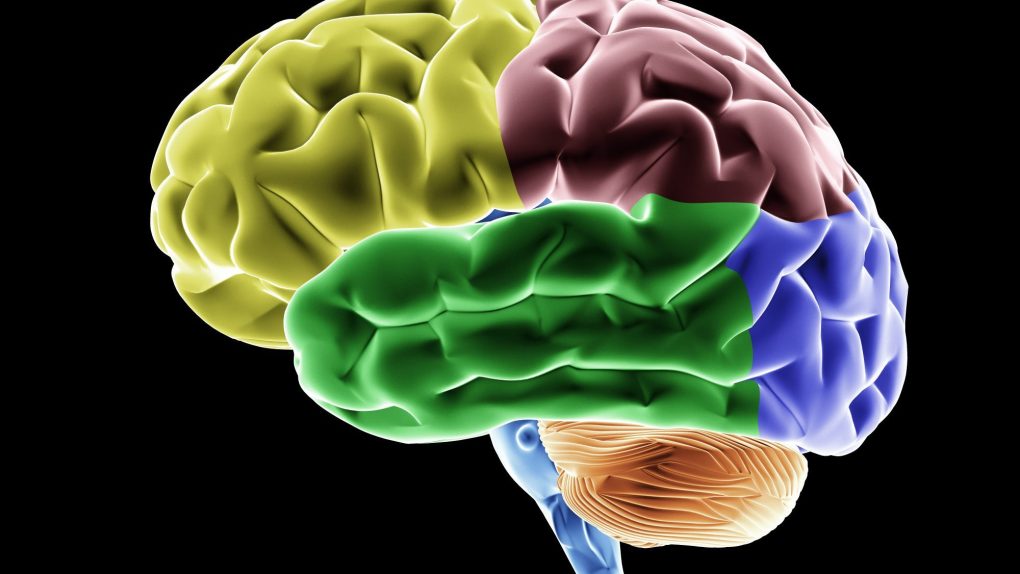- Scientists drew shapes onto the brains of visually impaired volunteers using electricity, and the participants were able to identify the shapes with ease.
- The new technique uses a grid of electrodes implanted onto the visual cortex of the brain.
- In the future, more advanced systems like this one could give blind people a sense similar to sight.
- Visit BGR’s homepage for more stories.
An incredible new technique is giving blind men and women the ability to identify shapes and objects that are quite literally drawn onto their brains. A research paper describing the technique was just published in the journal Cell, and as ScienceNews reports, it could be a step toward offering blind individuals a way to visually interact with the world around them.
This latest development builds on existing research that demonstrated how electrical impulses to the brain’s visual cortex can cause a person to visualize flashes of light. This was promising, as it meant that a blind person could still “see,” but simple flashes wouldn’t be particularly useful in everyday life.
In this new research effort, scientists didn’t just zap the visual cortex with electricity, but actually drew shapes using electrodes implanted into the brains of six volunteers. By toggling the electrodes on or off in a specific pattern, the electric current traveled like a pencil drawing a shape.
As the researchers discovered, this type of stimulation of the tissue provides a clear image of what is being “drawn,” such as a letter of the alphabet. The volunteers were able to make out those shapes and then relay them back to the researchers. The scientists liken this technique to tactile stimulation, in which a person could trace a letter onto another person’s hand and, even without seeing it, the person receiving the stimulation can visualize what is being drawn and identify it.

The experimental technique was well-received by the volunteers, who were able to identify up 86 shapes per minute. That’s an incredibly impressive feat, all things considered, and while this study was conducted using basic letter shapes, the researchers suggest that more complex images like the outlines of common objects could also be drawn and interpreted by a blind individual.
“Participants were able to reliably draw, name, and discriminate these forms,” the researchers explain. “While we tested only letter-like shapes, the outlines of other common objects, such as faces, bodies, houses, cars, tables, or chairs could also be traced using the same principles. In combination with modern machine vision algorithms that can rapidly identify objects in visual scenes, dynamic stimulation could be used to give blind participants a rapid outline of salient objects in their environment or to provide cues for navigation.”
There’s still much work to be done, but the idea here is that a blind individual with this kind of system installed onto their visual cortex could, with the help of AI to identify objects and quickly “draw” them onto the brain, gain a new sense akin to sight. Again, it’s still very early to dream of such a future, but the possibility is exciting.








